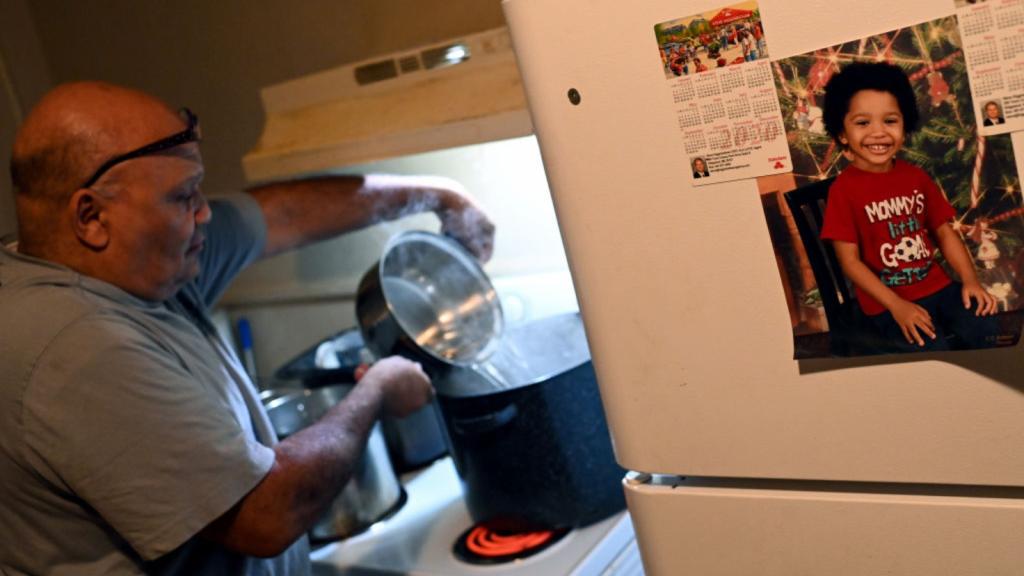Many states aren’t waiting for the federal government to reduce greenhouse gas emissions — they’re taking matters into their own hands. And according to the speakers at a COP16 side event I attended on Wednesday, the same is true for climate-change adaptation efforts. The event — “Moving Forward with Climate Change Adaptation in the United States” — highlighted several examples of state and local governments taking innovative approaches to adapting to climate change, including shore protection efforts (e.g. bulkheads and beach nourishment), modifying crop-planting schedules, and implementing “no build” zones in locations especially vulnerable to climate impacts.
The discussion was framed by President Obama’s top environmental advisor Nancy Sutley, who serves as chair of the Council on Environmental Quality. She explained why state and local governments are particularly well suited to take the lead on adaptation projects. “I think it is important that we have the perspectives of all levels of government as we talk about adaptation. We understand that action in Washington, D.C., is certainly not enough.” she said. “Climate impacts, as the science suggests, will likely vary a great deal from city to city and state to state. That’s why we’re seeing some of the most forward-thinking work on climate-change adaptation coming out of state and local governments.”
Specifics of how state and local governments are implementing adaptation projects were covered by the other two panelists: ICLEI USA Executive Director Martin Chávez and California Deputy Secretary for Climate Change Michael Gibbs.
Chávez, who leads a group that works with local governments to address climate change, began by telling the crowd that “local governments have been very active and very aggressive on this issue.” He then shared an impressive list of such efforts, starting with King County, Wash., which includes Seattle. “What they’ve done there is fully integrated adaptation in all of their comprehensive plans,” he said. One example of King County’s aggressive approach to adaptation [PDF] is its work on flood planning and control. They’ve invested more than $300 million in improvements on the county’s 500 levees, made efforts to increase river capacity, and purchased some properties that are especially vulnerable to flooding. They’ve made significant modifications to major bridges, have plans to replace dozens of others, and replaced culverts that could destroy fish habitats during storm events with larger and more effective drainage systems.
Chávez pointed out that one size doesn’t fit all when it comes to adaptation planning. To drive that point home, he cited Keane, N.H., “the smallest community in the United States that has completed an adaptation plan.” Other local communities he mentioned include Miami-Dade County, Fla.; Flint, Mich.; southeast Florida; and San Diego. Adaptation efforts are underway at the local level nationwide. “All around the country, almost every major city has a serious urban forestry initiative, and it’s not just to provide a cool spot, but also to operate as a carbon sink,” he said.
Gibbs shared some specifics on the research California is doing on climate impacts with an eye toward adaptation projects. “Water resources are a major risk area for California. A substantial portion of our summer water comes from our mountain snow melt each year,” he said. “These changes really put our water system at risk, and understanding what we can do to mitigate these changes is one of our primary areas of focus.” He also pointed out a negative impact of warmer temperatures that generally doesn’t get as much attention as droughts, extreme weather or sea level rise. “One of the things that we’re seeing in California is that the warmer temperatures also will be impacting our air quality to the point that the progress we’ve made will be substantially reversed as a result of climate change,” he said. “What this means is that we’re going to have to redouble our efforts to improve air quality.”
While Martin Chávez was correct to point out that “adaptation is an expression of a failure to mitigate,” it was extremely encouraging to learn about some of the adaptation efforts currently underway in states and cities across the country.


